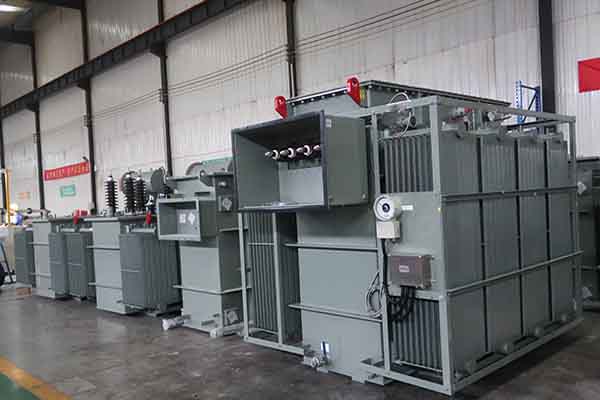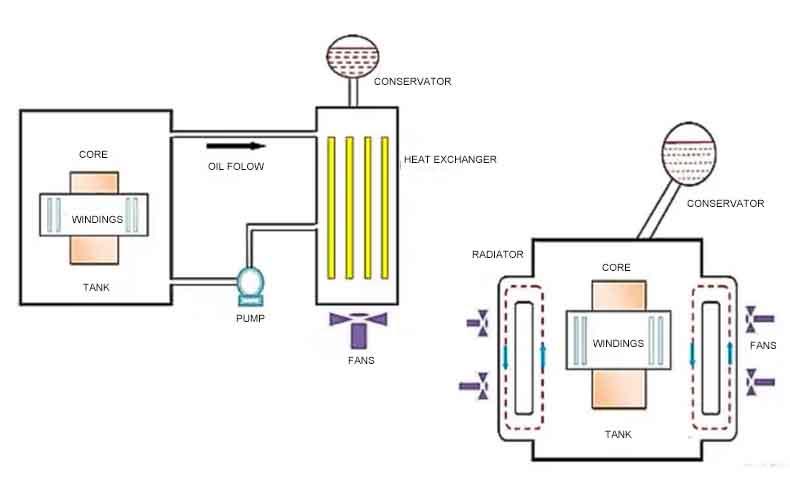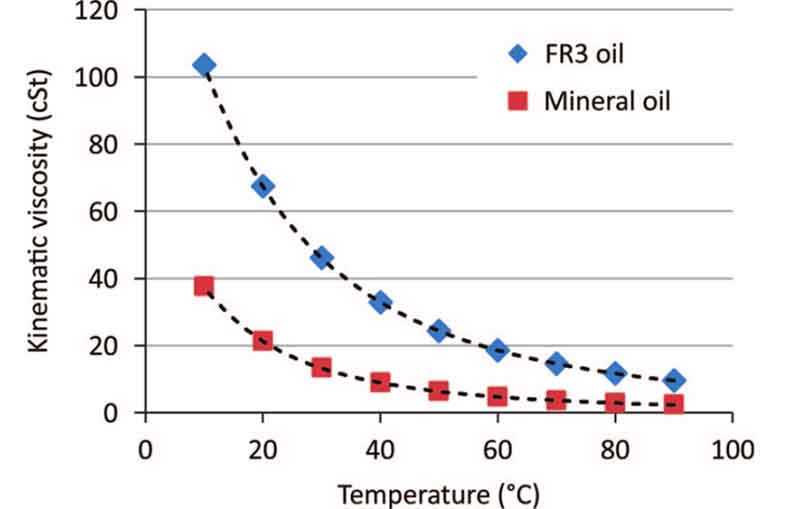Power transformers and distribution transformer are at the heart of electrical systems, playing a crucial role in regulating and transferring electrical energy across long distances. With the growing dependence on electricity and the increasing demand for clean energy, it’s more essential than ever to ensure transformers operate efficiently and have long lifespans. power transformers are expected to last between 20 and 30 years, but various factors can significantly impact their actual lifespan.

Influencing Power Transformer Life Expectancy
The lifespan of a power transformer can be influenced by a range of factors, from design and construction to environmental exposure. By taking these aspects into account during the installation and operational phases, operators can make informed decisions that will reduce the likelihood of premature failures and extend the equipment's useful life.
Design Factors
Professional-designed transformer starts with selecting high-quality materials and employing precision engineering techniques. distribution Transformers adopt silicon steel cores and copper windings,
Ensuring that manufacturers follow strict quality control and assurance protocols during the design and production phases is key to obtaining a robust transformer. This includes rigorous testing, and audits that detect potential issues early on. While a high-quality transformer may come at a higher upfront cost, this investment pays off over time through reduced maintenance needs and extended service life.

Insulation and Cooling System Failures
The insulation and cooling systems in power transformers are designed to protect internal components, particularly windings, from electrical and thermal stress.
To safeguard the insulation and cooling systems, regular inspections, oil analyses, and temperature monitoring are critical. The choice of insulating fluid also plays a significant role in determining the longevity of the transformer. A better alternative is vegetable-based oil, such as FR3 Insulating Fluid, which has slower aging effects on cellulose paper (used in the insulation system) and a higher top oil temperature. Studies suggest that transformers using vegetable oil can last longer and have a reduced risk of oil fires.

Loading Characteristics
The loading characteristics of a transformer, including the nature and variability of the loads it handles, are critical to its performance and life expectancy. Transformers that experience continuous overloading, abrupt load fluctuations, or overvoltage are more susceptible to thermal stresses, insulation degradation, and internal damage. Over time, these factors lead to accelerated aging and can even cause premature failures.
Environmental Conditions
Environmental factors, such as temperature, humidity, altitude, dust, and pollutants, can all impact the longevity of a power transformer. For example, excessive humidity can degrade insulation materials, while high ambient temperatures can strain the cooling system, leading to overheating. In areas with high dust or pollutant levels, external contamination can exacerbate these problems.
Preventive Maintenance
While the quality of materials and design are essential, regular preventive maintenance plays a pivotal role in ensuring the longevity of power transformers. Routine maintenance helps identify minor issues before they escalate into significant problems, allowing for timely repairs or replacements of critical components. Key maintenance practices include:
- Oil sampling and analysis: This helps detect the presence of moisture, dissolved gases, and contaminants that could lead to insulation breakdown.
- Thermographic inspections: These non-invasive checks reveal potential hotspots in the transformer, which can indicate excessive heating or cooling system failures.
- Regular cleaning: Dust and debris accumulation on cooling fins or radiators can obstruct heat dissipation, causing the transformer to overheat.
Transformer Oil Reclamation and Regeneration
Over time, transformer oil degrades, which can impact its insulating properties and lead to accelerated aging of the transformer. Instead of replacing the oil entirely, operators can use oil reclamation and regeneration processes to restore its quality. These methods remove impurities and restore the oil's dielectric strength, helping to prolong both the oil’s life and the overall transformer lifespan.
Oil regeneration is a cost-effective approach that minimizes waste and reduces the environmental impact of oil disposal. By incorporating this process into a transformer’s maintenance schedule, operators can prevent premature aging and extend the transformer’s operational life.
At Varelen, we specialize in providing tailored solutions to help our clients achieve longer transformer lifespans, ensuring reliable power supply and reduced downtime. Contact our team of experts today for customized advice on how to optimize your transformer’s operational life.